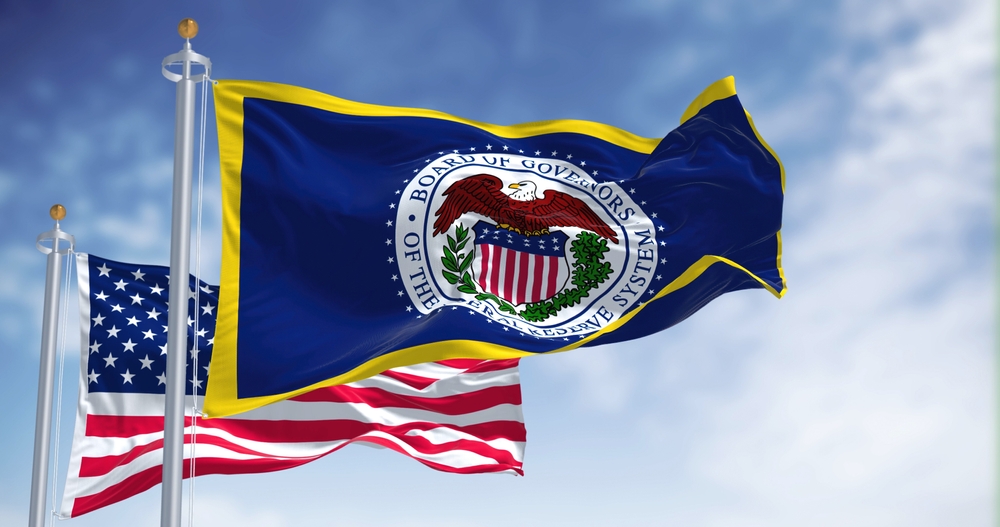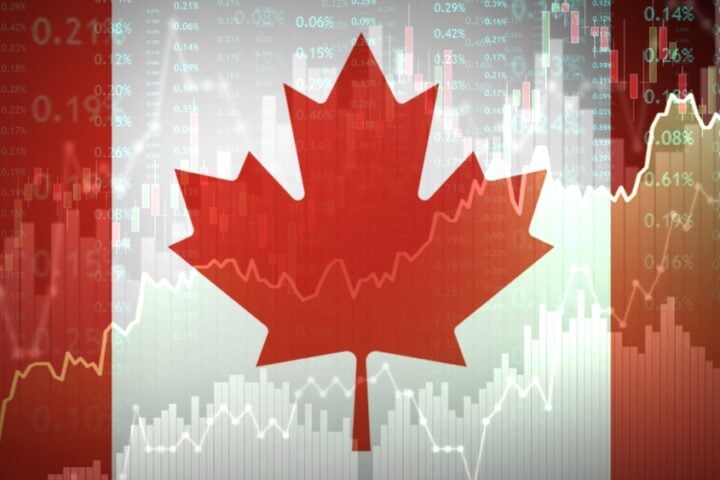The Federal Open Market Committee (FOMC) reduced its benchmark interest rate by a quarter percentage point during its November meeting, setting the federal funds rate target range at 4-1/2 to 4-3/4 percent. This follows a half percentage point cut in September, marking a cumulative reduction of 75 basis points from its peak.
FOMC members, including the author of the remarks, voted in favor of these moves, citing a gradual progression of inflation toward the 2% target and balanced risks for the Federal Reserve’s dual mandates: maximum employment and price stability.
Labor Market Trends
The U.S. labor market is cooling after years of robust demand for workers, with monthly payroll growth averaging 170,000 jobs in 2024, down from prior years but still above pre-pandemic levels.
Emerging Questions on Labor Market Strength
- Job Creation Concerns: Economists noted a decline in net job creation as the surge in new business formations seen post-pandemic diminishes.
- Excess Vacancies: The number of job openings has steadily decreased since its peak in 2022. Further declines could make job searching more challenging, potentially leading to higher unemployment without significant relief on inflation.
- Vacancy Yield: The rate at which job openings are filled has dropped, suggesting either slower hiring processes or inflated vacancy numbers.
These observations suggest that while monetary policy has been effective, the labor market remains stable, neither overheating nor collapsing.
Inflation: A Path Toward Stability
While inflation is declining, the journey remains uneven. The PCE price index shows a year-over-year inflation rate gradually decreasing, though core inflation hovers at 2.6–2.7%, slightly above target.
Factors Supporting Inflation Reduction
- Housing Prices: Excluding housing, energy, and food costs, the CPI shows inflation closer to the 2% target.
- Economic Cooling: Slower economic growth and lower aggregate savings rates reduce inflationary pressures.
- Stable Inflation Expectations: Consumer and business inflation expectations remain aligned with pre-pandemic norms.
- Business Insights: Companies report stabilizing costs and diminishing pricing power.
Despite progress, risks such as elevated service sector inflation and geopolitical uncertainties remain.
2024 in Review: Challenges and Opportunities
Key Developments in 2024
- Early-year data volatility made interpreting inflation trends challenging.
- Hurricanes Helene and Milton caused devastating impacts in the Southeastern U.S., with long-term recovery efforts underway.
- Consumers demonstrated resilience despite tightening monetary policy.
Policy Considerations Moving Forward
The Fed faces critical questions as it enters 2025:
- How restrictive should policy remain to ensure inflation continues its decline?
- How rapidly should rates be reduced to avoid labor market disruption and undue economic pain?
The Federal Reserve’s approach will hinge on incoming data, surveys, and feedback from businesses to guide its monetary policy decisions.
The Federal Reserve’s November rate cut underscores its commitment to balancing its dual mandates of price stability and maximum employment. While progress on inflation is evident and labor markets remain stable, the road ahead requires vigilance. Policymakers will continue to monitor data and maintain flexibility to adapt to emerging economic conditions.







